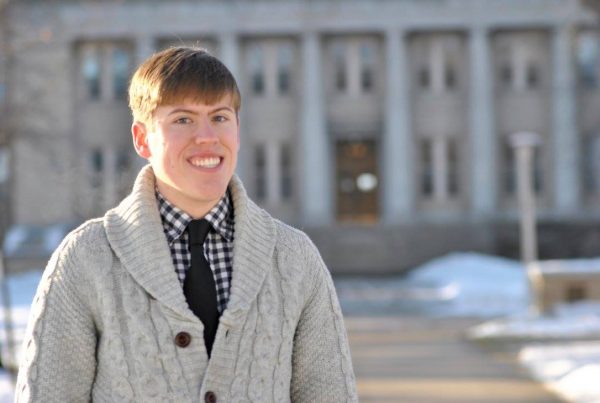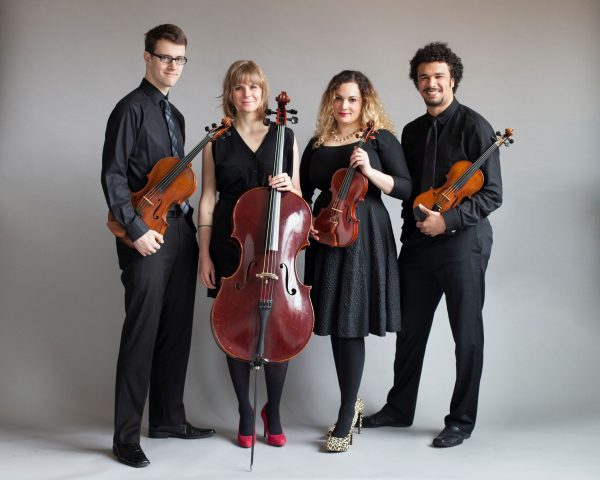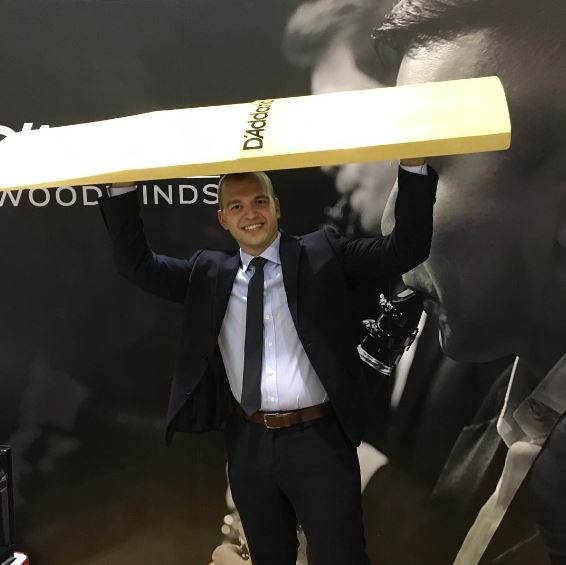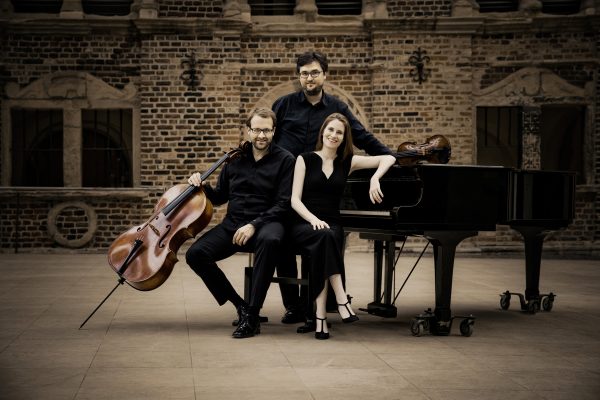 By Tyler Stup, SMTD Publicity Intern
By Tyler Stup, SMTD Publicity Intern
When Twitter, Facebook, and the rest of social media emerged in the early 2000’s, the world stopped. And for the first time in a very long time, it stared, trying to make sense of a truly new way of connecting with other people. For freshman in high school, your grandma, or even your in-laws, how you fit into a larger infrastructure of interconnectivity became second nature. The concept of friends and followers is easy to understand because it is a distinctly personal and human one.
In his book about how social media has shaped politics and science, British journalist David Amerland said, “social media is addictive precisely because it gives us something which the real-world lacks: it gives us immediacy, direction, and value as an individual.”
And for the non-business side of these platforms, the perception of value is built into the way users interact with the sites – likes, favorites, views, etc. But in an age of immediate connection, how do performing artists feel about the platform?
The answer? Expectedly, it varies.
For the guest artists playing at CSU whom I interviewed, social media is mostly a means of marketing. Which, to be honest, isn’t a big surprise. However, in a medium where posts with photos and videos are given priority, the classical artist’s journey to fit this medium requires a push to be more visual.
PUBLIQuartet founding member Amanda Gookin may have said it best. “I think social media holds. It has incredible power. That’s undeniable. It can be a gift to artists to spread their message rapidly and wildly. But because we live in such a visual age, it’s forcing artists to become three dimensional.”
In the push to do that, musicians and composers have to be mindful of how people use social media. According to an article by Digiday, an organization that tracks trends in media, 85% of Facebook users don’t even use social media with the sound on, which, as a musician, could be frustrating. This statistic necessitates the need for a diversity in online content.
For Gookin, three-dimensional means adding emphasis on visual media, message, and the objective behind postings. “What’s the purpose of this video? We have to focus on honing in on the mission artists have.” With the perceived intimacy of social media, everything posted online should be intentional as it feeds into a larger narrative of who that artist is. Online, artists can push their image intentionally to be activists, rising stars, award winners, or even unintentionally boring.
CSU’s own Wesley Ferreira has embraced visual communication on social media to reach thousands of musicians and clarinet enthusiasts. His online presence is filled with Tip Tuesdays, performance videos, lesson live streams, and a general sense of authentic community. All of which rely heavily on visual media. And talking with Marketing Assistant Brandon Adams, this social media presence still has all the planning that goes into any other large social media presence, including a purposeful inclusion of pictures, video, and use of the Facebook live feature. Ferreira’s presence online is much more than textual wisdom, but a true photographic insight into how he is as a performer and educator.
Whether they like it or not, with a social media account, every musician is now a personal brand. That isn’t inherently good or bad. The communities that can find each other via a performer’s online identity can be incredibly supportive and genuinely helpful.
Alternatively, some musicians have opted out of an online presence altogether.
When skyped in from Germany, the Morgenstern Trio said that their approach to concerts was not social media heavy. “To have a good social community doesn’t get you concerts. It can help. But you never know what really helps.”
They also concede that most of their target audience does not use platforms like Facebook. “What we like to do is go deep inside something. To really live for something. To really commit to something. It’s not that superficial. Social media is the opposite of what we do.” Further adding that, “This maybe can help get some people to concerts. But it can’t describe what happens on stage… there is a disconnect between what you see on your screen and what occurs in person. It can’t replace going. We’re talking about an evening that’s one and a half two hours. And if you rip 30 seconds from it you won’t get it.”
I don’t think there is one certain space the performing arts habituate online. I don’t think its role in social media can be reduced to binaries like, effective, ineffective, good, bad, or detrimental. But to do it well, musicians live in an age where they must be personalities and engaging.
And regardless if it’s done well, the three-dimensional emphasis online highlights what music has always strived to do, be intentional and present.




